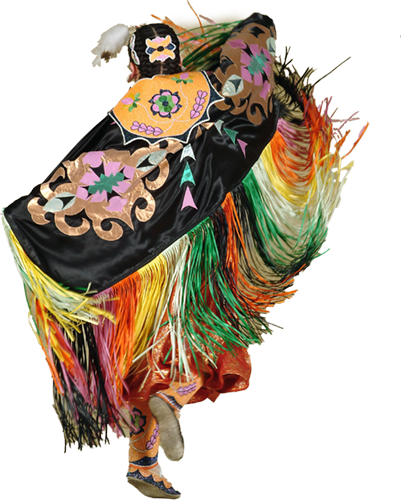About the Caddo Nation

Tribe Name: The name "Caddo" is a contraction of Kadohadacho, which means "real chiefs."
Language: The Caddo tribe is part of the Caddoan linguistic group. Because of their trading relations, they also became experts in using sign language to converse with other tribes.
History: The prehistoric mounds of the "Earth House People" in southeastern Oklahoma are said to be of Caddoan origin. Yet archeologists disagree about whether the tribe migrated here from the Southwest or the Mississippi Valley. In 1541 the Spanish found a wide territory of Caddo Indians in the present-day Texas. A famous highlight: they were visited by La Salle in 1687. With their settlement in Louisiana, the Caddo came under the influence of the French, an influence which continued even after Louisiana was ruled by Spain. Following the U.S. government's purchase of Louisiana in 1803, several Caddo tribal bands voluntarily located north of the Red River in Indian Territory. They eventually settled on the Washita River in 1834. With the beginning of the Civil War though, many tribal members moved north to Kansas, where they remained as refugees until 1867. The following year, they returned to their reservation on the Washita River, where the Caddo still live today, in and around the town of Binger.
Culture: In pre-Columbian days, the Southern Caddo were farmers who also made (and traded to other Indians) salt and wood from bois d'ar trees, which were prized for making bows. They raised corn, beans, pumpkins and livestock. Although primarily a "woodland tribe," many became horsemen and hunters (reflecting the Plains tribes' cultures).
Tribal Headquarters: Binger, OK. For more information, write or call the Caddo Tribal Office at Box 487, Binger, OK 73009 - 405-656-2344





